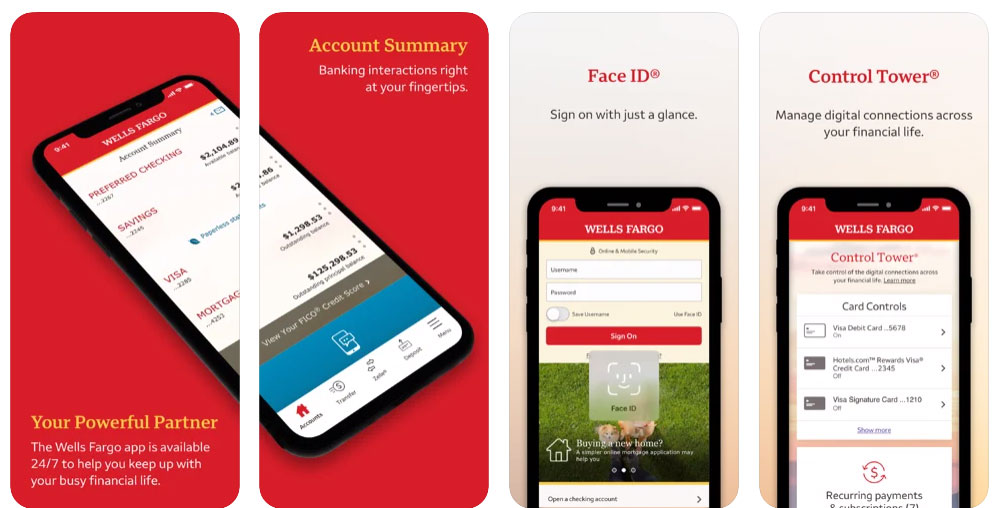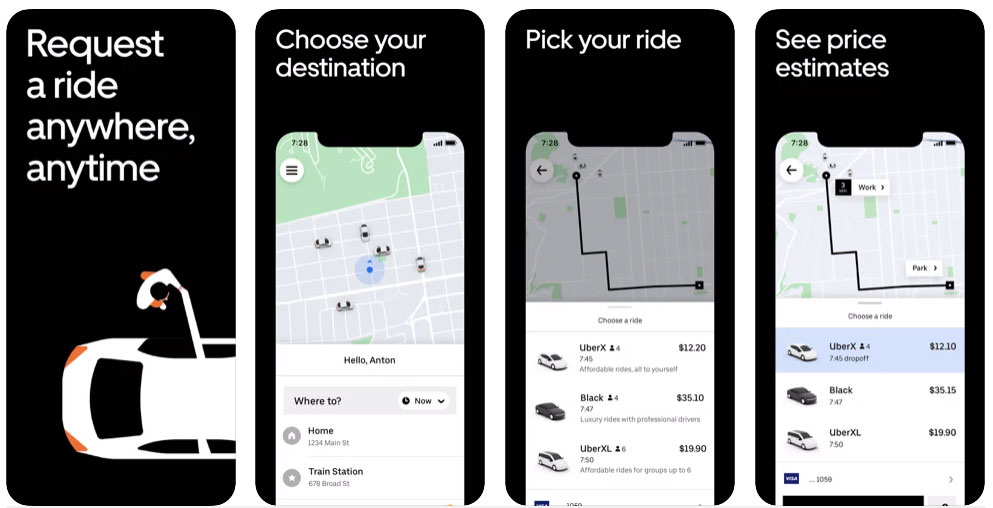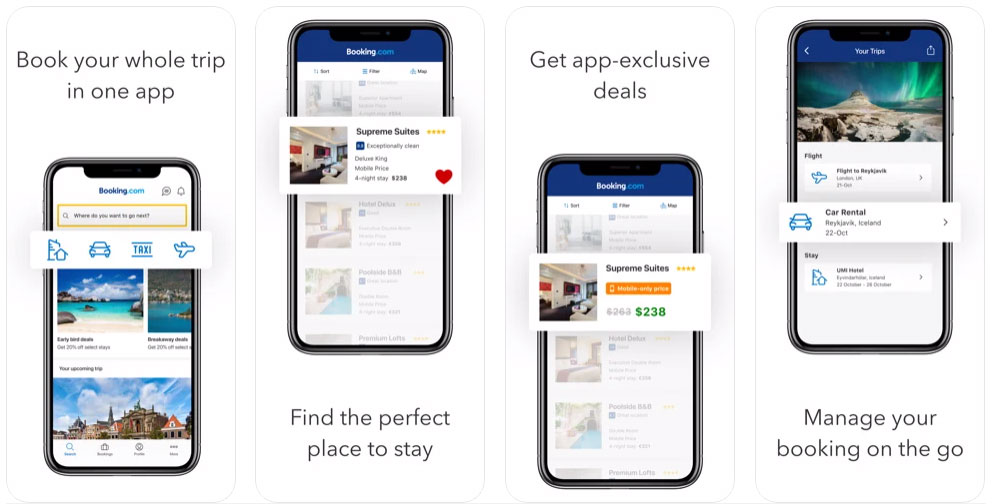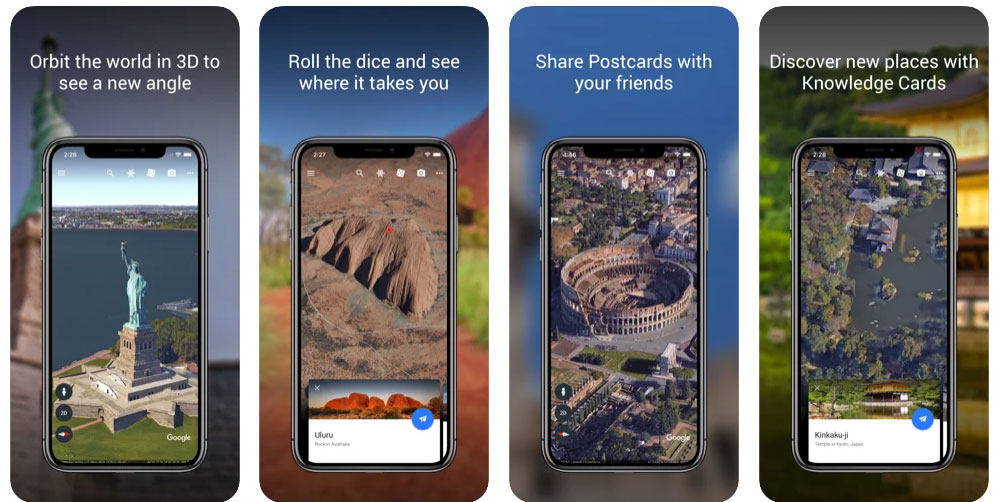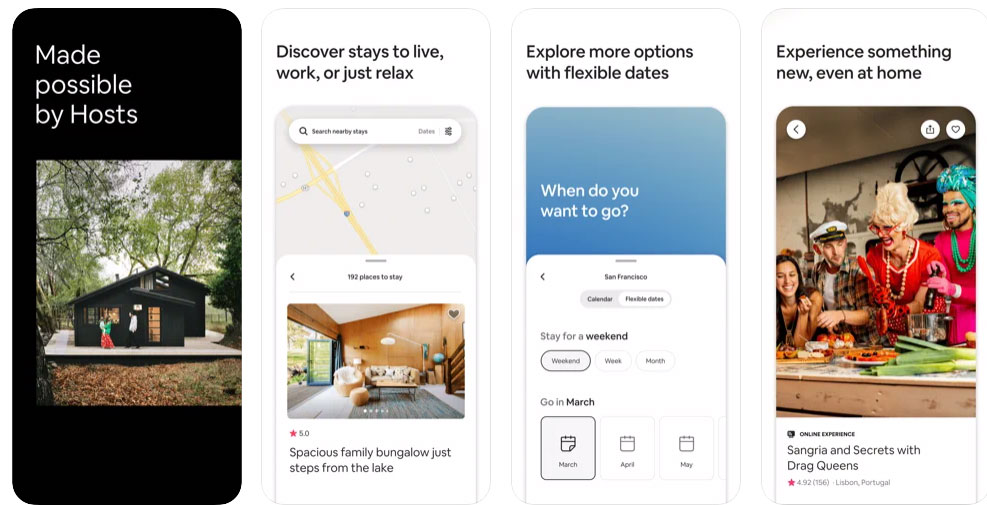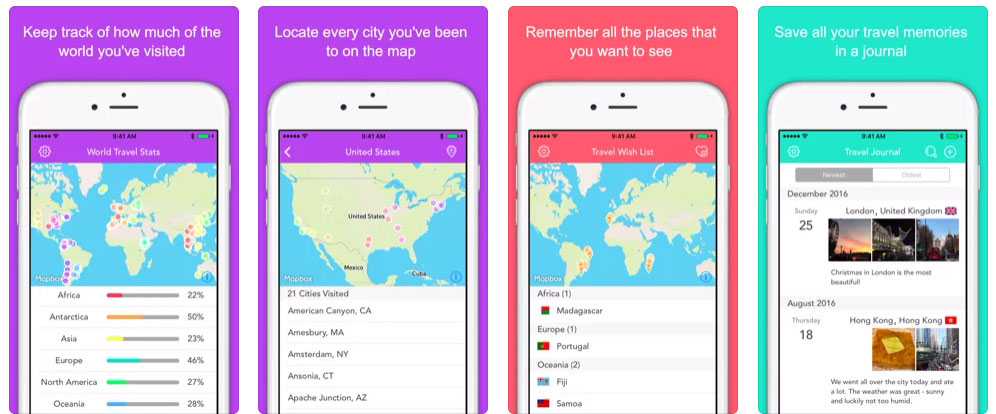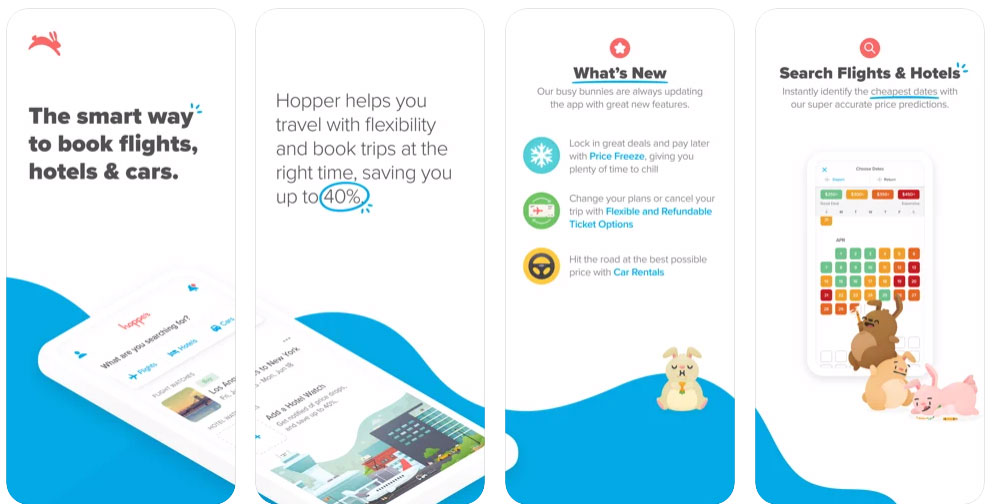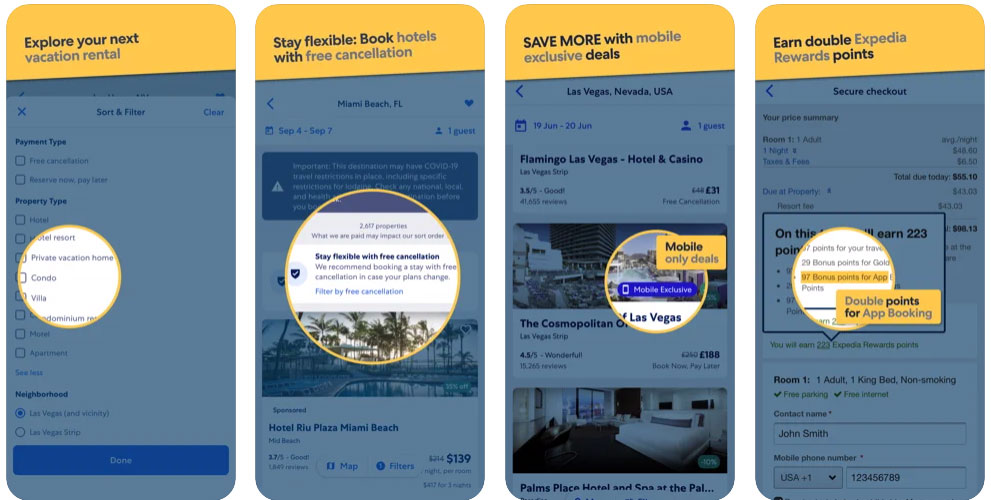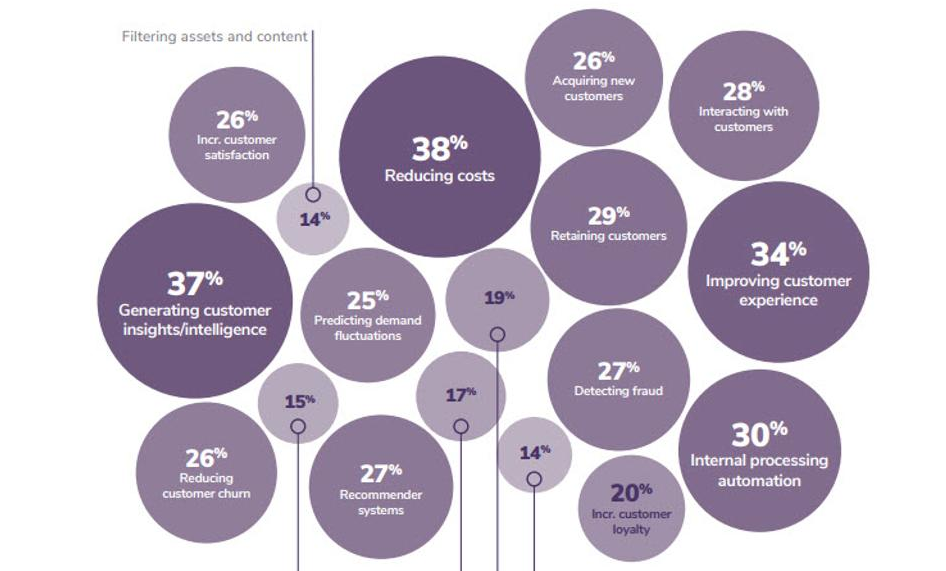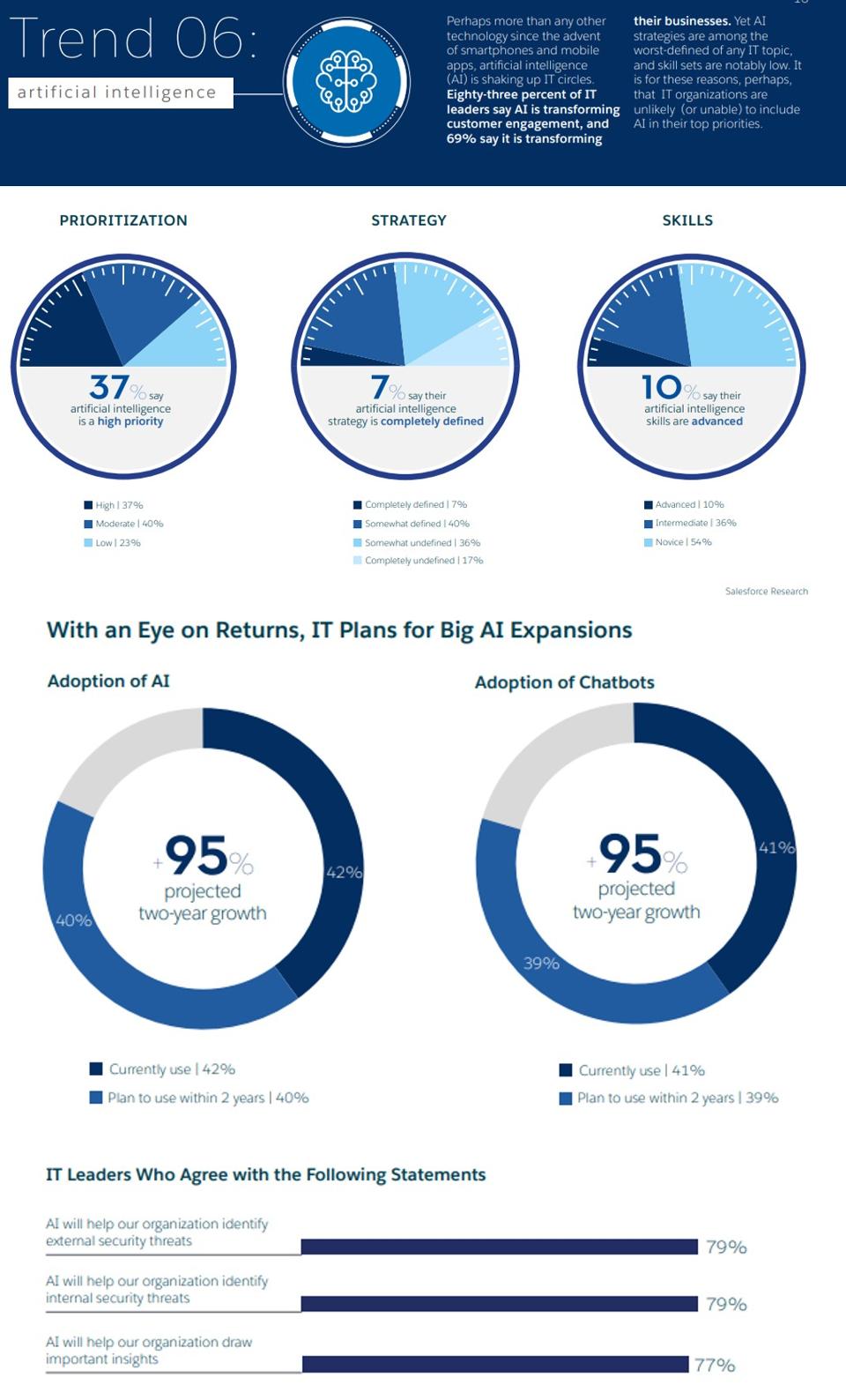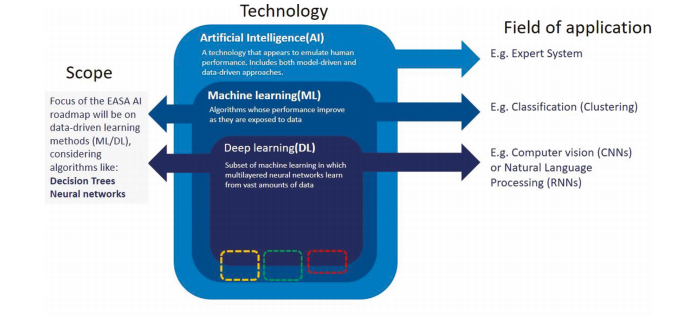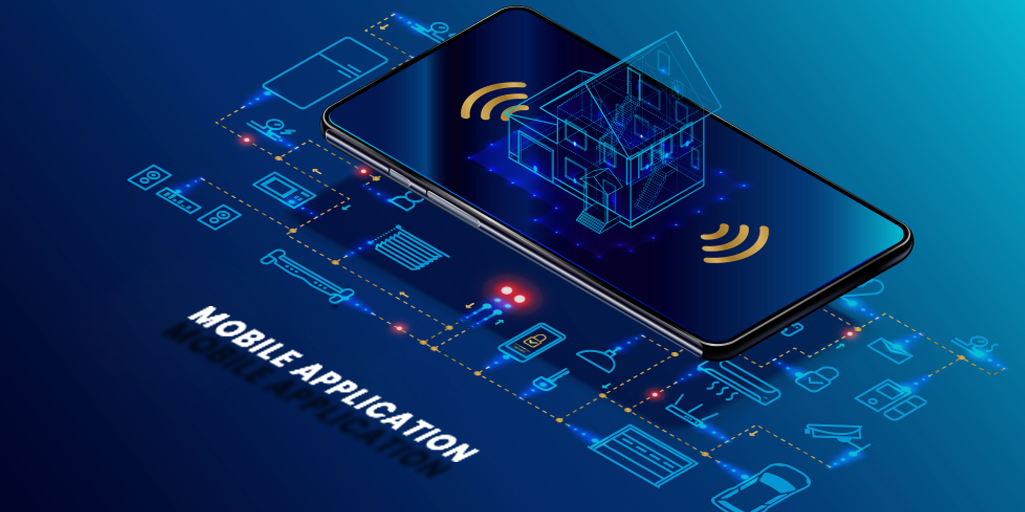Role of Blockchain in the Real Estate Industry
Real estate is one of the oldest industries in an economy. Still, these sectors also suffer from many disadvantages like higher transaction costs, longer time processes, and a general lack of transparency in this buying, selling, and property management process.
Technology advancements have influenced many businesses, and the real estate sector is no exception. Among them, blockchain is one technology that has had a significant impact. Blockchain is a decentralized digital ledger that securely and transparently records transactions across several computers.
Blockchain is increasingly utilized in various sectors and its distinguishing properties like preserving data integrity, decreasing the need for middlemen, and enabling smart contracts make it a promising solution for overcoming traditional real estate challenges.
Here, we’ll look at how blockchain is changing the real estate sector, addressing current issues and opening up new options for investors, buyers, and property managers.
How Blockchain Addresses The Challenges Of the Real Estate Industry
-
Transparency
Blockchain is a decentralized ledger, recording all transactions. This also reduces the possibilities of fraudulent activities, such as false documents or listings of properties. Buyers and sellers get a clear, verifiable history of ownership, so the integrity of transactions can be ensured.
-
Reduction of Middlemen
Blockchain allows peer-to-peer transactions, so buyers and sellers can conduct business directly with one another. This reduces the need for brokers, banks, and legal consultants, allowing the process to proceed faster and more efficiently. With fewer middlemen, the chance of human error is reduced.
-
Reduced Operational Costs
Removing the middleman leads to huge savings on fee-related issues with a real estate transaction. For example, a smart contract essentially includes a self-executed contract, which can even be coded into its direct application; most of these administrative duties are carried out automatically. This will create room for more percentages to buy in.
-
Improved Data Management.
All records on a blockchain are encrypted and spread across a network of computers, making them extremely resistant to hacking and data loss. This assures that property records, ownership information, and transaction histories are reliable and secure.
Blockchain Applications in Real Estate:
-
Tokenization
Blockchain technology allows properties to be divided into digital tokens, which represent fractional ownership. This technique democratizes real estate investment by allowing individuals to invest in tiny amounts of high-value assets. It also improves liquidity by allowing the purchase and sale of property shares on blockchain-based marketplaces.
-
Property Management
Landlords and property managers can use blockchain-based services to manage tenant contracts, collect rent, and track maintenance requests. This improves data management efficiency and reduces the chances of disputes. Several real estate businesses have started employing blockchain technology to handle rental payments and property management operations, providing landlords and tenants with a smooth experience.
-
Decentralization.
Decentralized property records are another area where blockchain has had a significant impact. Typically, traditional land ownership documents can be manipulated. However, blockchain technology assures that papers and data are preserved securely in a decentralized and irreversible manner. This eliminates any possibility of fraud or misinterpretation. Countries like Sweden and Dubai have experimented with blockchain-based land registries to reduce fraud and assure safe property transfers.
-
Crowdfunding
Blockchain is gaining popularity as a means of crowdfunding real estate projects. Tokenized assets help developers raise funds from several small investors, making new projects more easily funded. Platforms such as Fundrise and RealBlocks have already started blockchain-based real estate crowdfunding efforts, giving developers and investors an alternative option for finance or investments.
Challenges and Limitations of Blockchain Adoption in Real Estate
While blockchain has significant advantages for the real estate sector, there are a few obstacles that limit its widespread use. One of the primary challenges is regulatory and legal constraints. The legal frameworks governing real estate differ by country, and many countries lack legislation unique to blockchain-based transactions. This causes confusion and may delay the introduction of blockchain solutions. For example, compliance criteria for digital asset transactions have yet to be established, making it difficult for blockchain-based property transactions to obtain legal recognition.
Another problem is due to technological restrictions. Integrating blockchain technology into existing real estate systems can be difficult and expensive. Many traditional property databases were not designed to accommodate blockchain integration, which might cause data synchronization concerns. Furthermore, as the application of blockchain is still relatively new, there is a scarcity of trained individuals who understand both blockchain and real estate. So, deployment of blockchain technology can be difficult.
Market adoption and awareness are also key challenges. Although blockchain is gaining popularity, there is still a lack of awareness about how it works and the benefits it offers in the real estate business. Many stakeholders, such as property owners, brokers, and legal professionals, may be unwilling to adopt a new technology that they view as difficult.
Finally, concerns regarding scalability and cost can limit blockchain use. While blockchain can minimize expenses associated with middlemen, implementing solutions using blockchain involves a considerable upfront investment in technology and infrastructure. Due to the volume of transactions on the blockchain network grows, scalability concerns may occur, thereby slowing transaction processing time.
Benefits of Blockchain Technology for the Real Estate Industry
With important development ongoing, blockchain technology reportedly looks promising in the near future for the real estate segment. It is believed to see higher adoption in real estate on the back of rising development in technology and shift of legal jurisdictions. In some industry reports, growth will be high with rising interests in decentralized finance and other digital assets within the real estate market involving the application of blockchain technology. Further, with more companies experimenting with blockchain-based solutions, the industry as a whole will experience wider acceptance and use.
Emerging technologies such as AI and IoT will improve blockchain applications in real estate. Artificial intelligence can be combined with blockchain to automate property valuations and risk assessments, making the process faster and more accurate. The Internet of Things (IoT) can be combined with blockchain to improve smart property management by securely recording data from connected devices on the blockchain, allowing for improved tracking of building maintenance and energy usage.
For investors, blockchain will make real estate investments more accessible by tokenizing them, allowing for fractional ownership and eliminating entry hurdles. The smart contracts will raise property management standards for managers and landlords, simply because they will reduce expense costs and administrative duties. Governments must start implementing block-chain based land registries to be regarded as pivotal agents in this process. It will set new norms for property transactions and for confirming ownership.
Conclusion
Blockchain is one of those changes slowly altering the nature of property transactions. It has made the whole real estate landscape more transparent, secure, and efficient but only to everybody. Well, for companies, it’s not a walk in the park to implement blockchain, though; changing rules, adapting to the advancing technology might be tough, but for those who are meant to accept it, lots of good things await them.
At USM Business Systems, we guide you through how blockchain will create the future for real estate. Let us talk together about how to transform business. Contact us today on customized solutions designed to upgrade your operations to the new level.
[contact-form-7]
 Advantages Of E-learning Apps Development For Businesses
Advantages Of E-learning Apps Development For Businesses 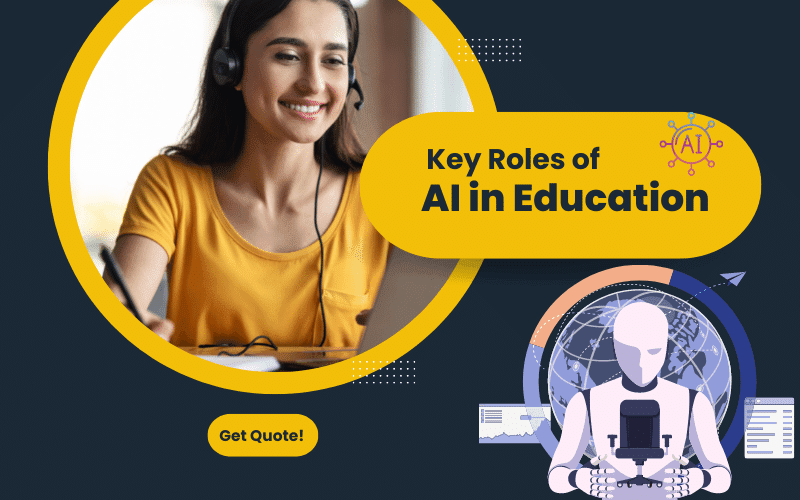
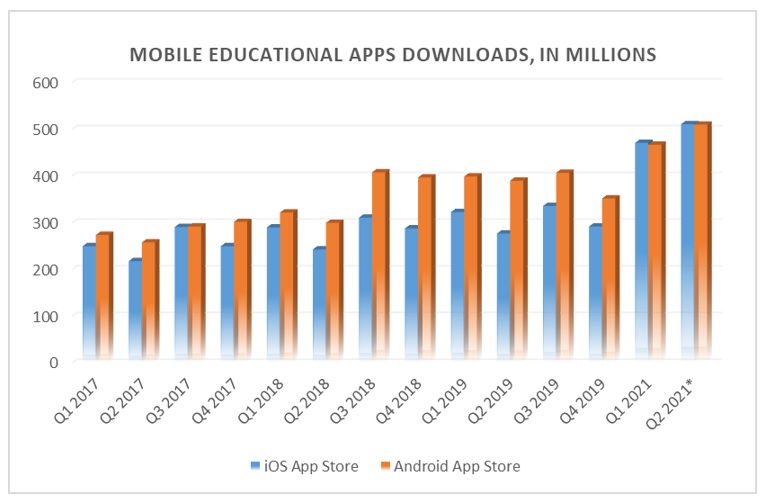
 Top 10 Features of iOS 18 Update: Must Know
Top 10 Features of iOS 18 Update: Must Know
